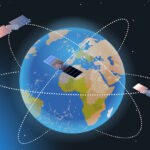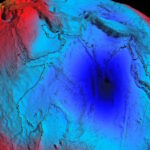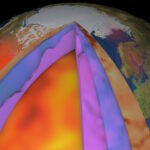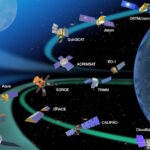In today’s earth investigation arena, the development of technology repeatedly reforms the way that you know about the planet. The Geosciences 2.0 indicates a new period, where the combination of advanced technologies and deep data technologies propel earth discoveries to exceptional data technologies on the setting of earth study.
Charting a course for earth’s future through deep data
In this transformative journey, the initial major waypoint is the role deep data technologies that play in charting a course for earth’s future through deep data and more frequently, the conventional ways of earth discovery faced some limits in reaching unreachable landscapes or widely knowing the difficult geological configurations. But, with the advancement of in-depth data technologies, these limitations are being destroyed.
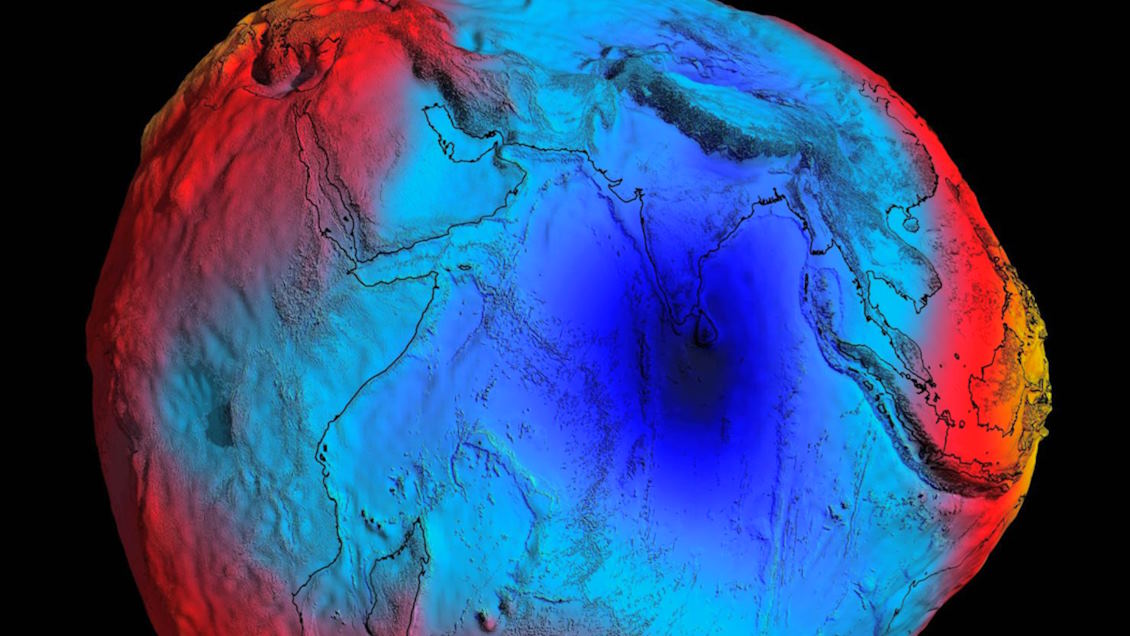
The deep data technologies control advent algorithms and machine learning to examine the wide datasets gathered from multiple sources. The geological surveys, seismic data, and satellite descriptions are processed with extraordinary precision and allowing scientists to build complex maps and models of the surface in earth. This widespread understanding of topography enables more perfect forecasts of natural occurrences such as landslides, and earthquakes to lessen the possible threats.
Furthermore, the deep data’s crucial role in subterranean exploration cannot be overstated. When the humanity faces the dispute of sustainable resource management, just hitting into the earth’s subterranean wealth becomes imperative. The deep data technologies also aid the searching and extraction of resources such as oil, minerals, and natural gases with unparalleled correctness. However, this not only optimizes the use of resources, but also reduces the environmental impact connected with the extraction processes.
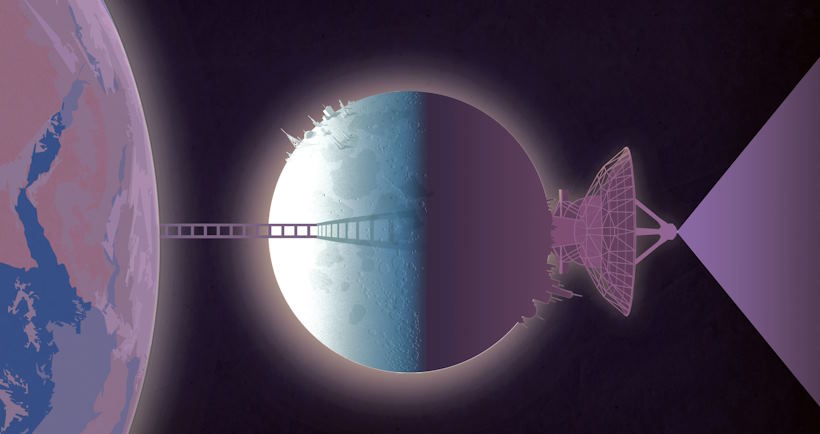
Deep data technologies propel earth discoveries
The deep data technologies propel earth discoveries that have become torchbearers of ground-breaking discoveries, when it comes to the hunt of separating the secrecies under our feet. The incorporation of data analytics and artificial intelligence allows researchers to find the anomalies and subtle patterns in the earth’s crust that may have avoided conventional searching methods. This leads to exploration of past unknown geological features, and also unlocks the wealth trove of scientific skills.
Optimization of resource extraction processes
As we observe the thoughtful impact of geosciences 2.0, it is witnessed that the deep data technologies are routing the course of earth examination into unexplored regions. The synergy between massive datasets and advanced algorithms is not simply converting out knowing of the planet, but also giving the practical solutions to international disputes. Thus, the future of earth discovery lies in the hands of deep data technologies. These inventions are architects of a wise and a sustainable approach to know and strap up the resources of earth.



